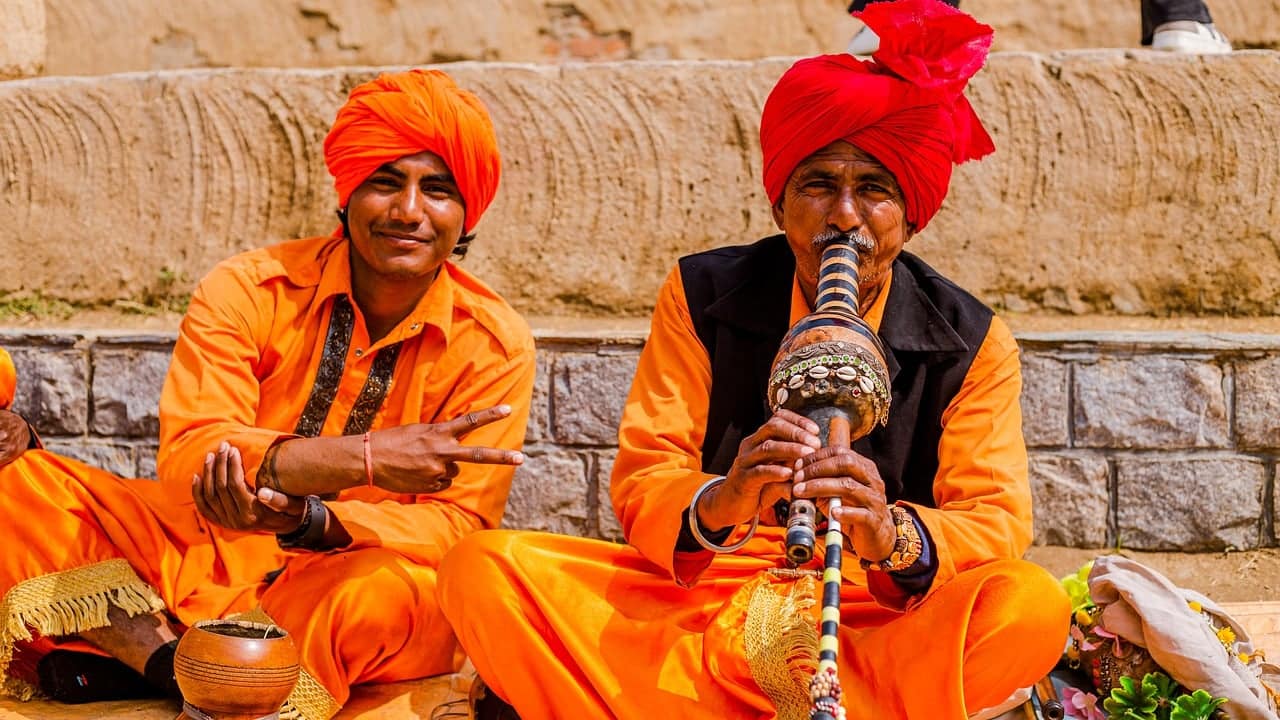Fashion has always played a significant role in shaping cultural and societal norms. Not only is it a reflection of personal style and identity, but it also serves as a barometer for societal changes and advancements. As a matter of fact, fashion and popular culture are intertwined in a way that they influence and reflect each other. This article unravels the complex relationship between fashion and popular culture, and how this connection influences our collective identity and societal norms.
The Intersection of Fashion and Popular Culture
Fashion and popular culture are two significant elements of society that continually intersect and interact with one another. The manifestation of this relationship can be seen through various avenues, including films, music videos, celebrity styles, and social media trends.
Avez-vous vu cela : Style tips for petite sizes
Popular culture, often abbreviated as ‘pop culture,’ is a set of practices, beliefs, and objects that are part of our everyday lives and shared by a society. It generally refers to the cultural products such as music, art, literature, fashion, dance, film, television, and radio that are consumed by the majority of a society’s population.
On the other hand, fashion is a prevalent style, especially in clothing, footwear, accessories, makeup, lifestyle, and body. It is a form of self-expression and autonomy at particular times and contexts.
A découvrir également : Tips for choosing the perfect wedding dress
The crossroads of these two aspects create a dynamic arena where trends are born and societal norms are influenced. This intersection is a catalyst for change, a stage for societal commentary, and a mirror reflecting our values and beliefs.
The Role of Media in Fashion and Pop Culture
Media plays an instrumental role in the propagation of fashion trends within popular culture. With the advent of various forms of media such as television, print, and more recently, the Internet and social media, the dissemination of fashion trends has become quicker and more extensive.
The media not only showcases fashion trends but also creates them. For instance, the outfits worn by celebrities in films or music videos often become popular trends. Think of Audrey Hepburn’s little black dress in “Breakfast at Tiffany’s” or the flannel shirts popularized by the grunge movement in the 90s.
Moreover, with the advent of social media, influencers have become a significant force in shaping fashion trends. Their style is emulated by millions of followers, thereby influencing the fashion choices of a vast demographic.
Fashion as a Reflection of Societal Changes
Fashion serves as a reflection of societal changes and advancements. Each era in history has a distinct style reflecting the norms and values of that time. For example, the flapper style of the 1920s was a reflection of women’s liberation movement, while the free-flowing dresses and flower crowns of the 1960s were symbolic of the peace and love sentiments of the hippie movement.
Moreover, fashion has increasingly become a platform for political and social commentary. Designers use their collections to highlight various issues such as climate change, racial equality, gender rights, and more. These designs often spark conversations and raise awareness about these issues, thereby influencing societal norms and values.
The Impact of Fashion on Individual and Collective Identity
Fashion plays a significant role in the formation of individual and collective identity. On a personal level, what we wear is a form of self-expression. It is a way of showcasing our personality, beliefs, and values to the world.
On a broader level, fashion contributes to the formation of collective identity. Certain styles are associated with specific subcultures, movements, or groups. For instance, the punk style is associated with rebellion and anarchy, while the preppy style is associated with affluence and conservatism.
Conclusion
In conclusion, the relationship between fashion and popular culture is a complex and dynamic one. The interplay between these two elements influences societal norms, collective identity, and individual expression. As we move forward in this digital age, this relationship is only set to become more pronounced and impactful. Whether it’s through a celebrity’s red carpet look or a social media influencer’s OOTD (Outfit Of The Day), the influence of fashion in popular culture is undeniable and far-reaching.
The Influence of Sustainable Fashion in Popular Culture
In recent years, the issue of sustainability has gained considerable importance, and this has not gone unnoticed in the realm of fashion. Sustainable fashion, often referred to as ethical fashion, is a movement and process of fostering change to fashion products and the fashion system towards greater ecological integrity and social justice. Sustainable fashion is more than being concerned with the environmental impact; it also involves improving working conditions for those in the fashion industry.
Popular culture has played a significant role in promoting sustainable fashion. Celebrities, influencers, and renowned fashion designers have used their platforms to advocate for ethical fashion, encouraging their followers to be more conscious of their consumption patterns. For instance, Emma Watson, a known advocate for sustainable fashion, regularly shares her sustainable outfits on social media, sparking interest and conversation around the topic.
Fashion brands, too, are increasingly incorporating sustainable practices into their operations in response to the rising demand for ethical products. Brands like Stella McCartney, Patagonia, and Eileen Fisher are well-known for their commitment to sustainability, proving that fashion and environmental consciousness can go hand in hand.
The Future of Fashion in Popular Culture
As we look towards the future, the influence of fashion in popular culture is expected to evolve alongside societal changes and advancements. The rise of digital fashion is one such development to keep an eye on. With advancements in technology, we are beginning to see the introduction of digital clothing and accessories, which exist only in the digital realm. This development not only opens up new possibilities for self-expression and creativity but also presents a sustainable alternative to fast fashion.
The incorporation of digital fashion into popular culture is already underway. Celebrities and influencers have started to share images of themselves wearing digital outfits on social media. Similarly, fashion brands have started to explore the potential of digital fashion, with brands like Gucci and Balenciaga launching digital versions of their products.
Conclusion
From the rise of sustainable fashion to the advent of digital fashion, the influence of fashion in popular culture continues to grow and evolve. As we move forward, the intersection between these two aspects of society is set to become even more dynamic and impactful. It is important to recognize and appreciate the power of this influence, as it shapes our societal norms and collective identity. Whether it’s through adopting sustainable practices or exploring the realm of digital fashion, the role of fashion in popular culture is multifaceted and far-reaching. Its impact is undeniable and will continue to be a driving force in shaping our society. It serves as a mirror reflecting our values and beliefs, and a platform for self-expression and societal commentary. As we step into the future, the role of fashion in popular culture will undoubtedly continue to evolve and influence society in new and exciting ways.






